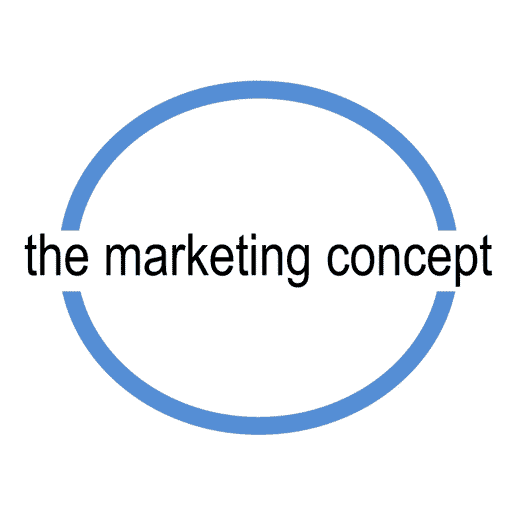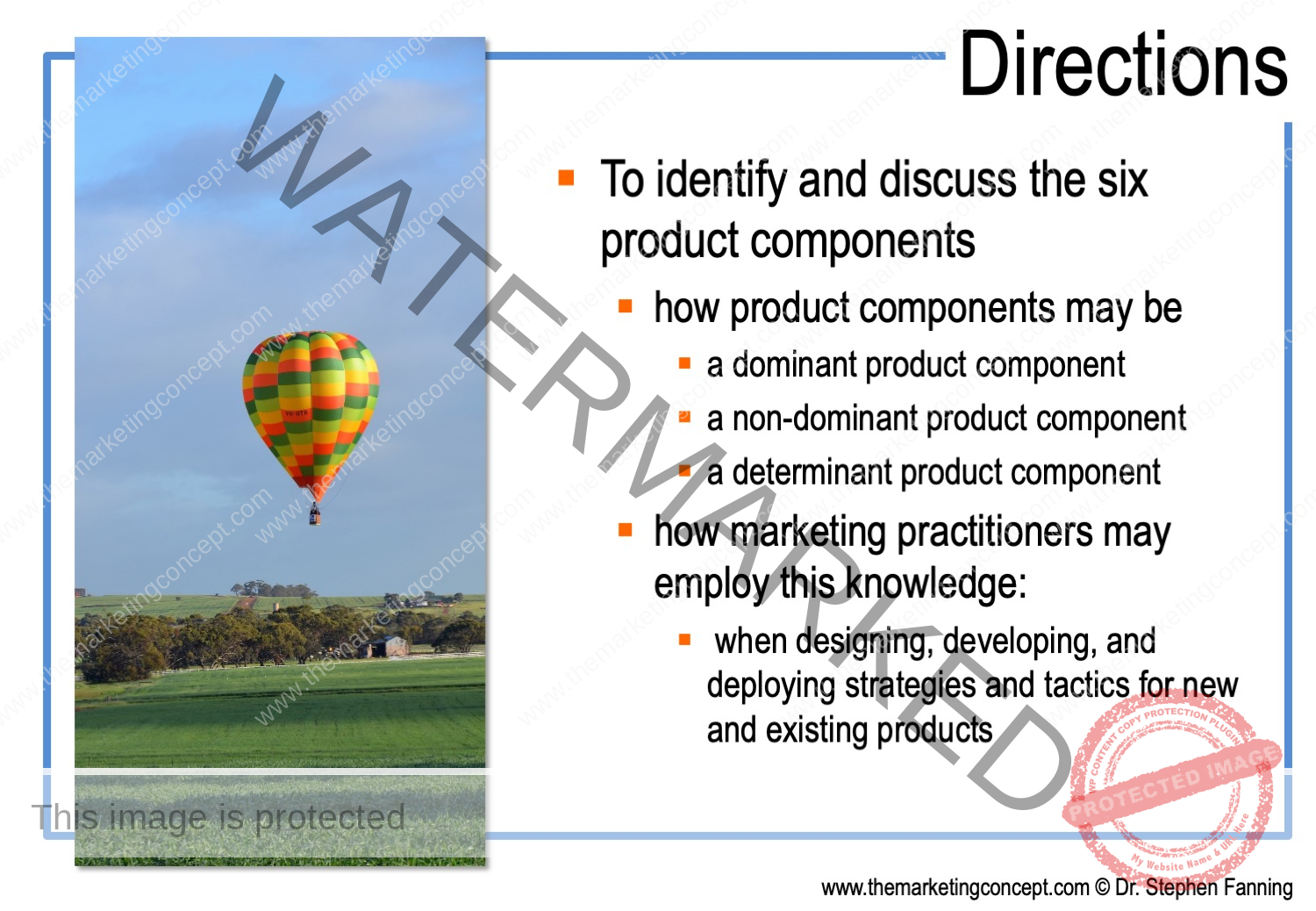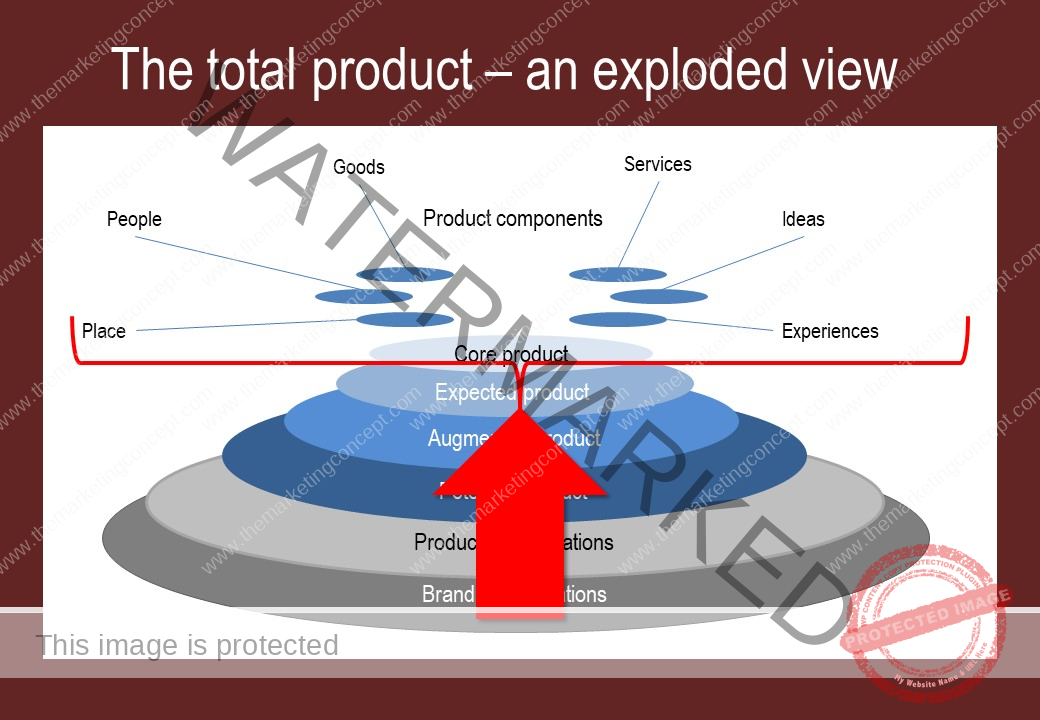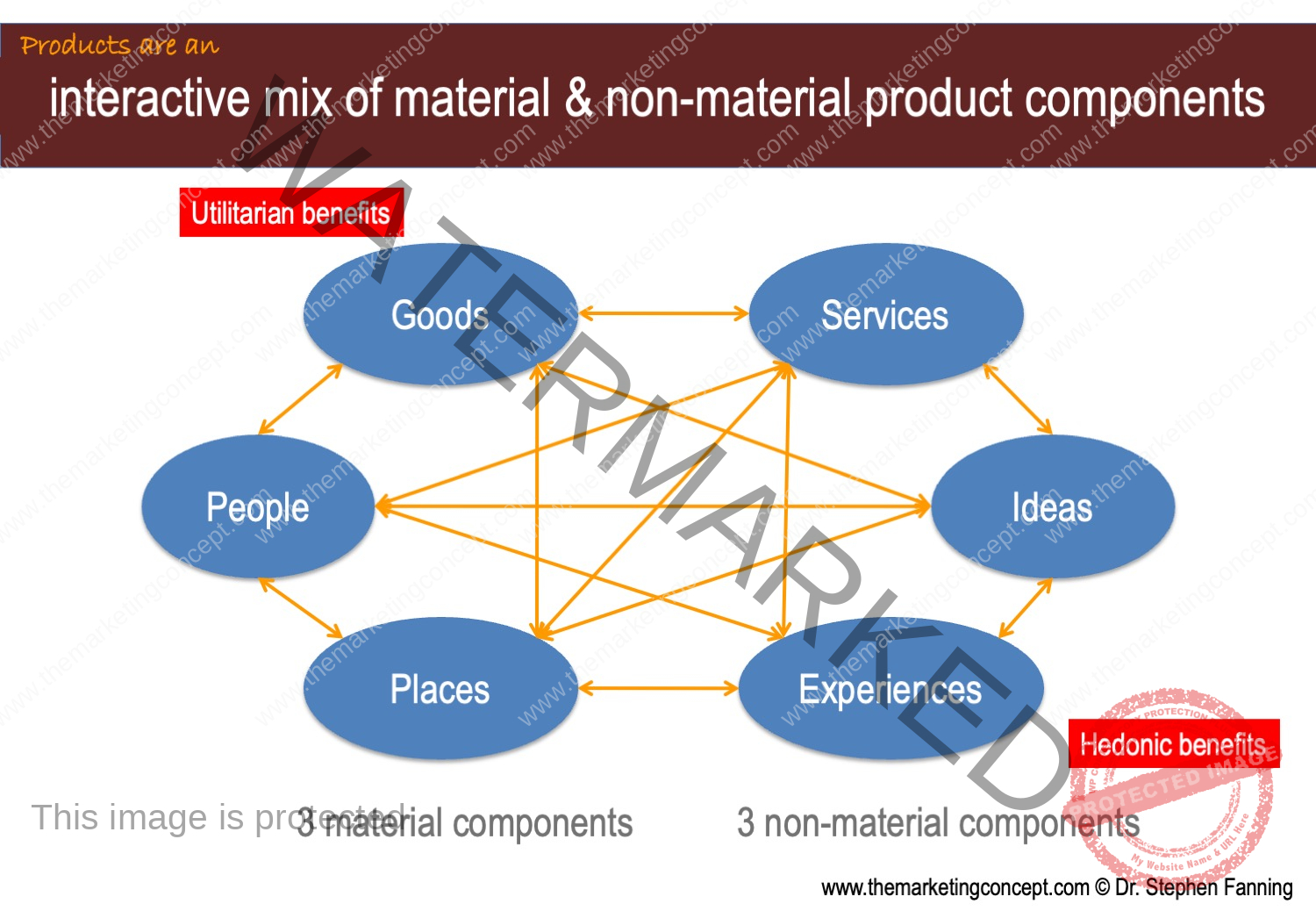
The total product
In this chapter, we continue our exploration of the total product by discussing the product components – the goods, services, ideas, experiences, people, and place. The components that combine to make up a product. Like the product considerations and the product layers, identifying and analysing the product components is an important part of a product audit, a marketing audit, and the business planning process. Although it is often easy to determine the dominant product component, there are products where it is difficult to determine. Also sometimes, isolating the product components can be difficult as the outcome can span two or more components – that is why marketers have been referred to as a mixers of ingredients and where the outcome is referred to as the marketing mix.
Clearly product vary greatly, for example buying a bottle of water and buying a new home, therefore understanding the product considerations, the layers and the components allows marketing practitioners to mentally deconstruct and reconstruct the potential product. Once again we can see that the situational factors of the customer, the organisation, the market and the product [COMP] will influence how marketing practitioners design and develop strategies and tactics.
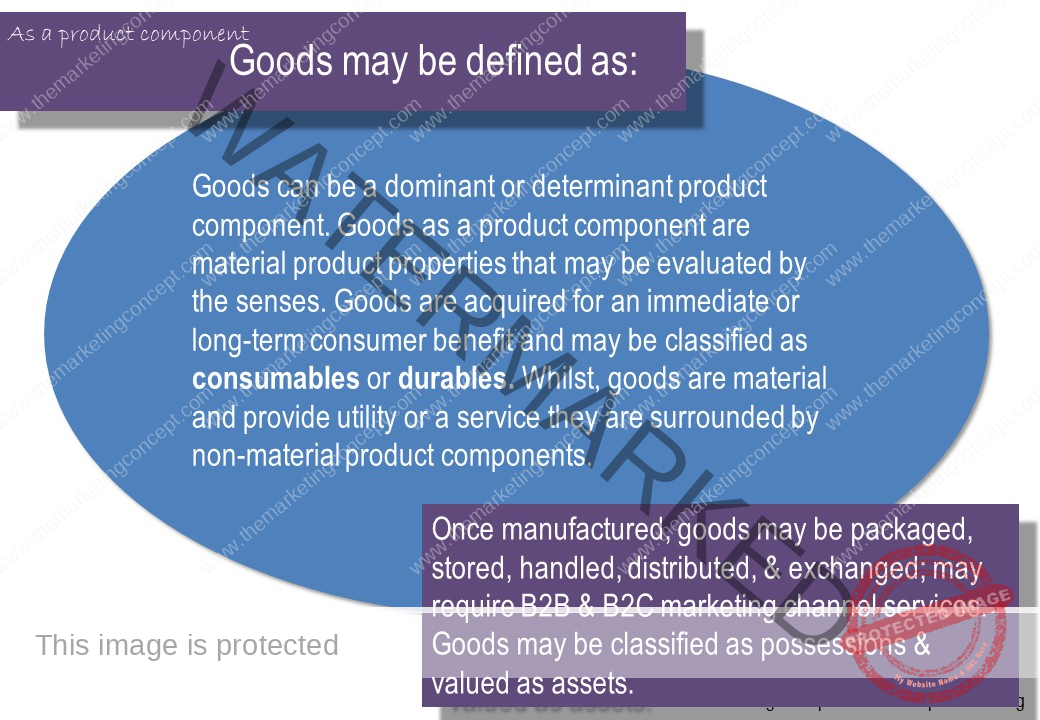
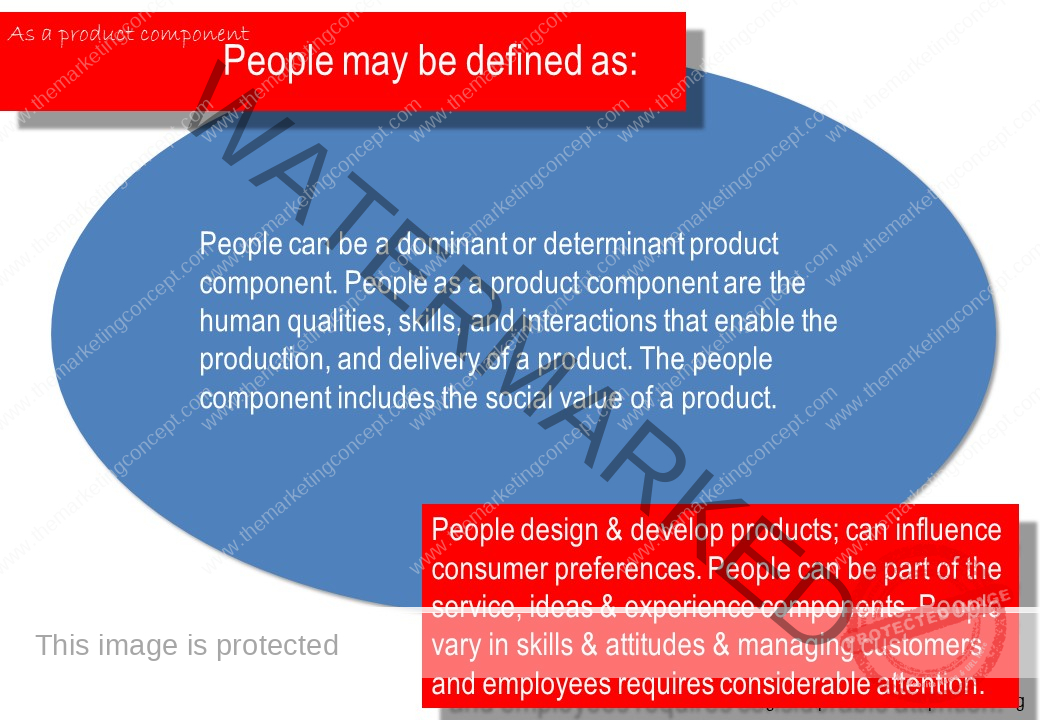
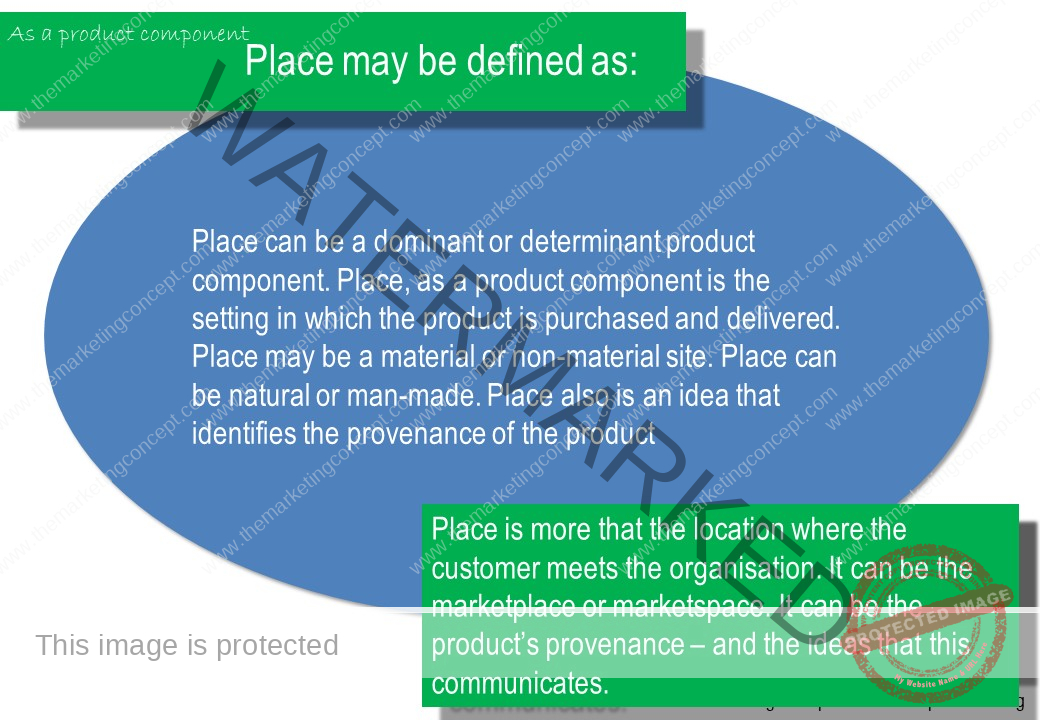



In this activity we identify the product components within the photographs, it is also worthwhile to try to identify the dominant product component – now identifying the dominant product component and identifying a hierarchy of importance is a little subjective [so don’t get frustrated]. The next thing is to identify how would marketing practitioners apply this knowledge when positioning or repositioning a product.
This activity is designed to highlight the diversity and prevalence of products where the service component is the dominant product component. [Click on the image to access the activity]
In this activity we bring the buyer decision process and the total product together. The activity explores tourism & New Zealand and the how one organisation – Kiwi Experience – has selected, targeted, and positions their product for backpackers in New Zealand.
In this activity we take you on a London stopover [you are on your way to New York for a conference]. In this activity we ask you to consider all the total products that make up your day and suggest that you will naturally mentally bundle these into an aggregate product.
